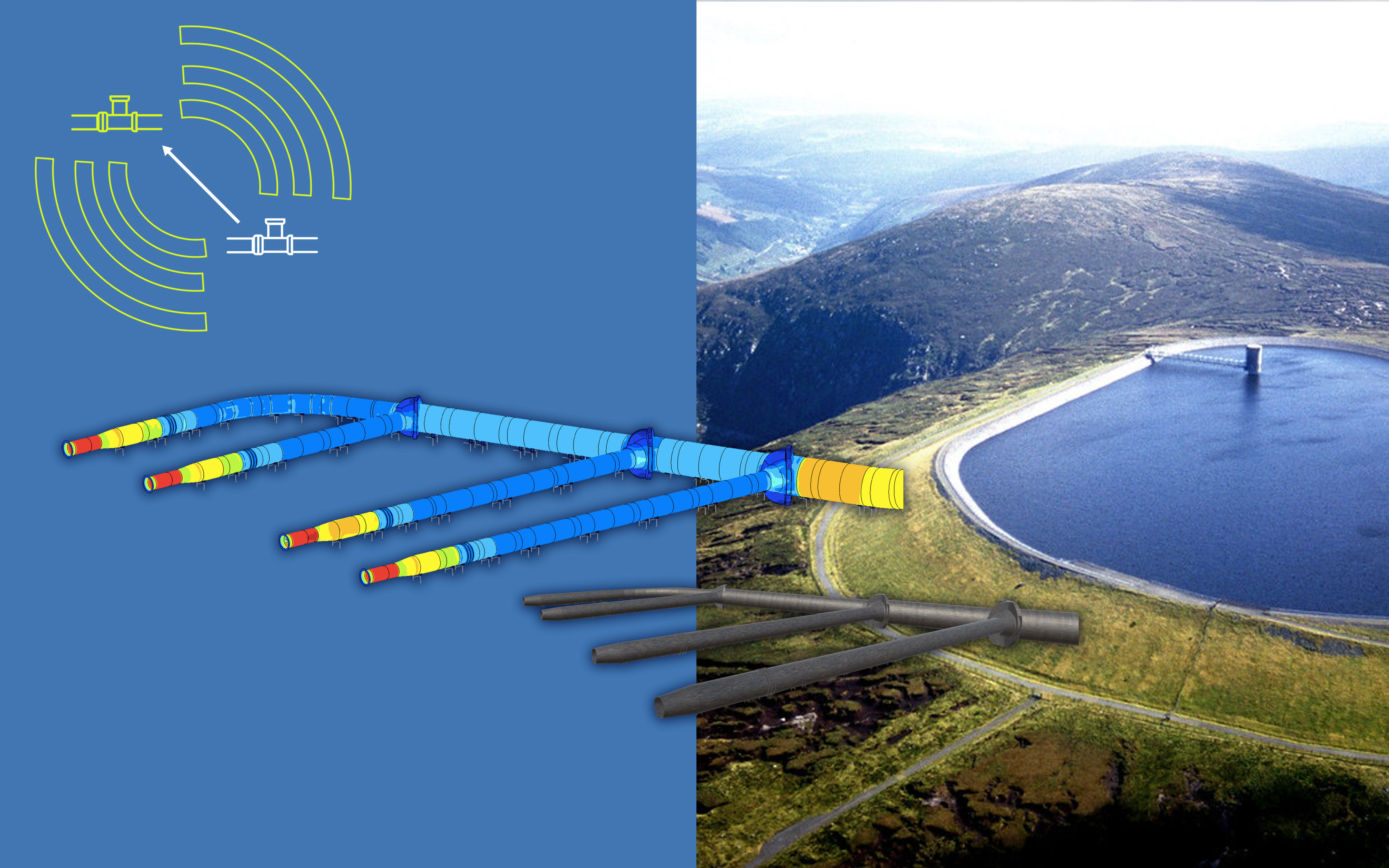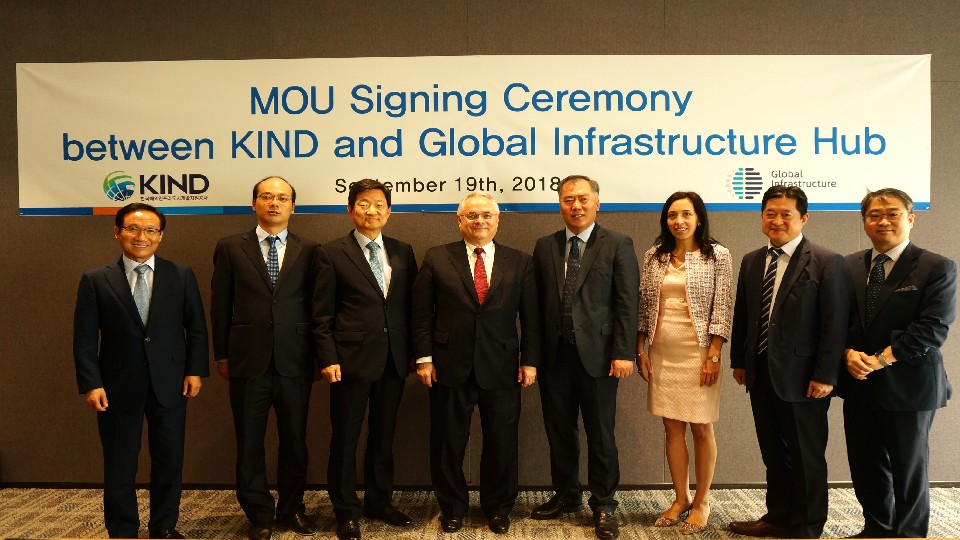840 results found
Featured results



More results
By their very nature as long-term large infrastructure projects, public-private partnership (PPP) projects involve a vast array of interconnecting relationships. Core to any PPP project is the long-term contractual relationship between the government’s procuring authority and the private party (the project company). This is one of many relationships that will affect the success of a PPP.

The first edition of the Public-Private Partnership (PPP) Monitor tracks the development of the PPP business environment as well as the challenges of doing PPPs in nine of the ADB’s developing member countries (DMCs).


B&R Infrastructure Development Index Report 2018, in both English and Chinese, published by China International Contractors Association (CHINCA) in the 9th International Infrastructure Investment and Construction Forum held in Macao on June 7-8, 2018.

Since its unveiling in October 2013, China s Belt & Road Initiative (B&R) has promoted Eurasian trade and integration along the Silk Road Economic Belt and the Maritime Silk Road.


A presentation on the current state of the Indonesian economy and economic policy, including in infrastructure sector.


Disputes in public-private partnerships (PPPs) globally involving key performance indicators (KPIs) represent 20 per cent of all disputes, as highlighted in our data using a representative sample of projects from around the world.
This paper proposes the adoption of advanced asset management practices that could help water and wastewater utility operators to improve their competitiveness and become more sustainable in operational terms.

This G20 Eminent Persons Group on Global Financial Governance report recommends reforms to the global financial architecture and governance of the system of International Financial Institutions (IFIs), aiming to promote economic stability and sustainable growth and consider how the G20 could better provide continued leadership and support for these goals.

The report “Making Blended Finance work for the SDGs” supports the OECD DAC blended principles for unlocking commercial finance for SDGs and further sharpens their focus on the deployment of development and commercial finance on the objectives of development.

While the infrastructure financing gap is huge, one of the main constraints to infrastructure development is not a lack of finance, but instead, a lack of well-prepared, bankable infrastructure projects.
The paper applies indicator calculations to three case studies of proposed bypass roads in Japan to evaluate their resilience.

This report draws from interviews from coding bootcamps to understand why less women attend coding bootcamps, and strategy on how policy makers can achieve a higher ratio of women in these bootcamps.

With a growing global focus on attracting private sector investment into infrastructure and utilising the public-private partnership (PPP) model, it is crucial that governments focus on the entire duration of a PPP contract. Efforts need to extend beyond ‘achieving financial close’ and beginning construction or ‘cutting the ribbon’ for commencement of services.
This brief outlines how better crash data can be used to improve road safety











 Contract Management website
Contract Management website







